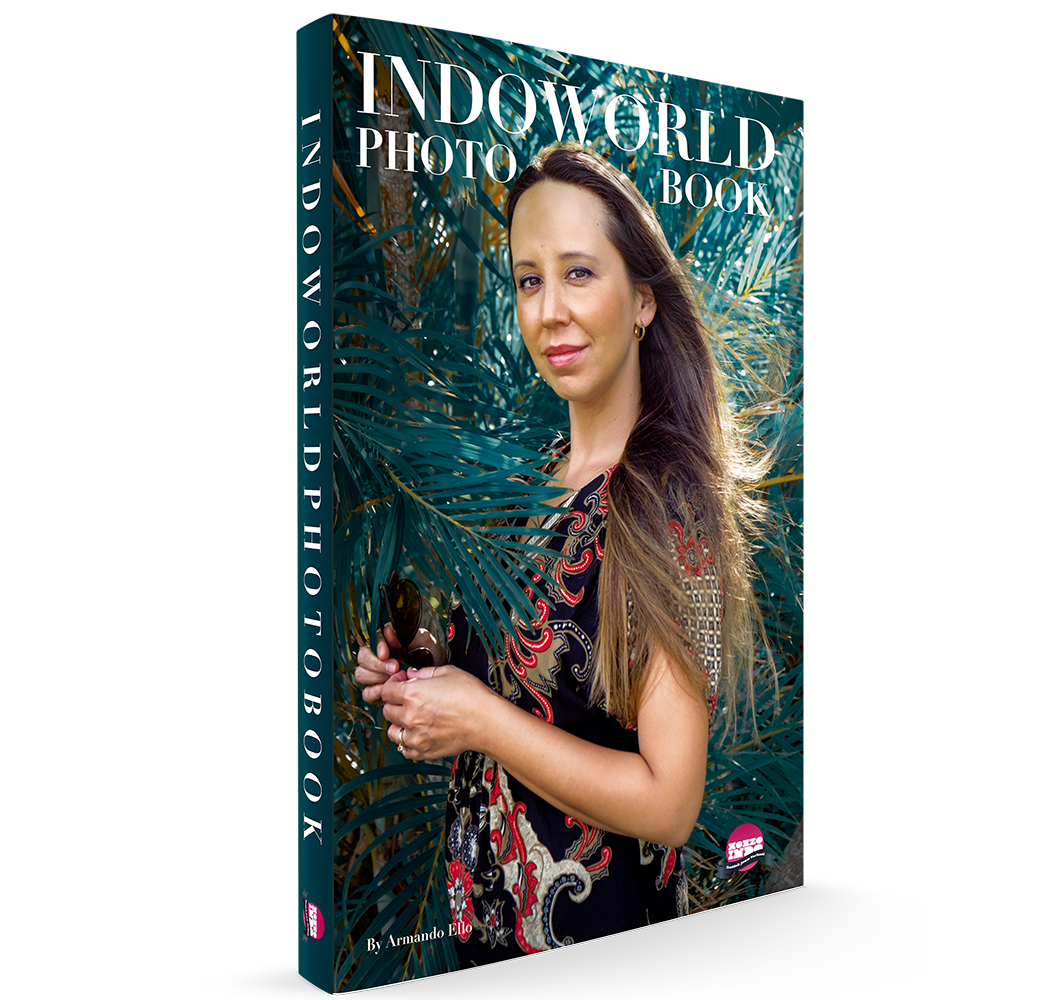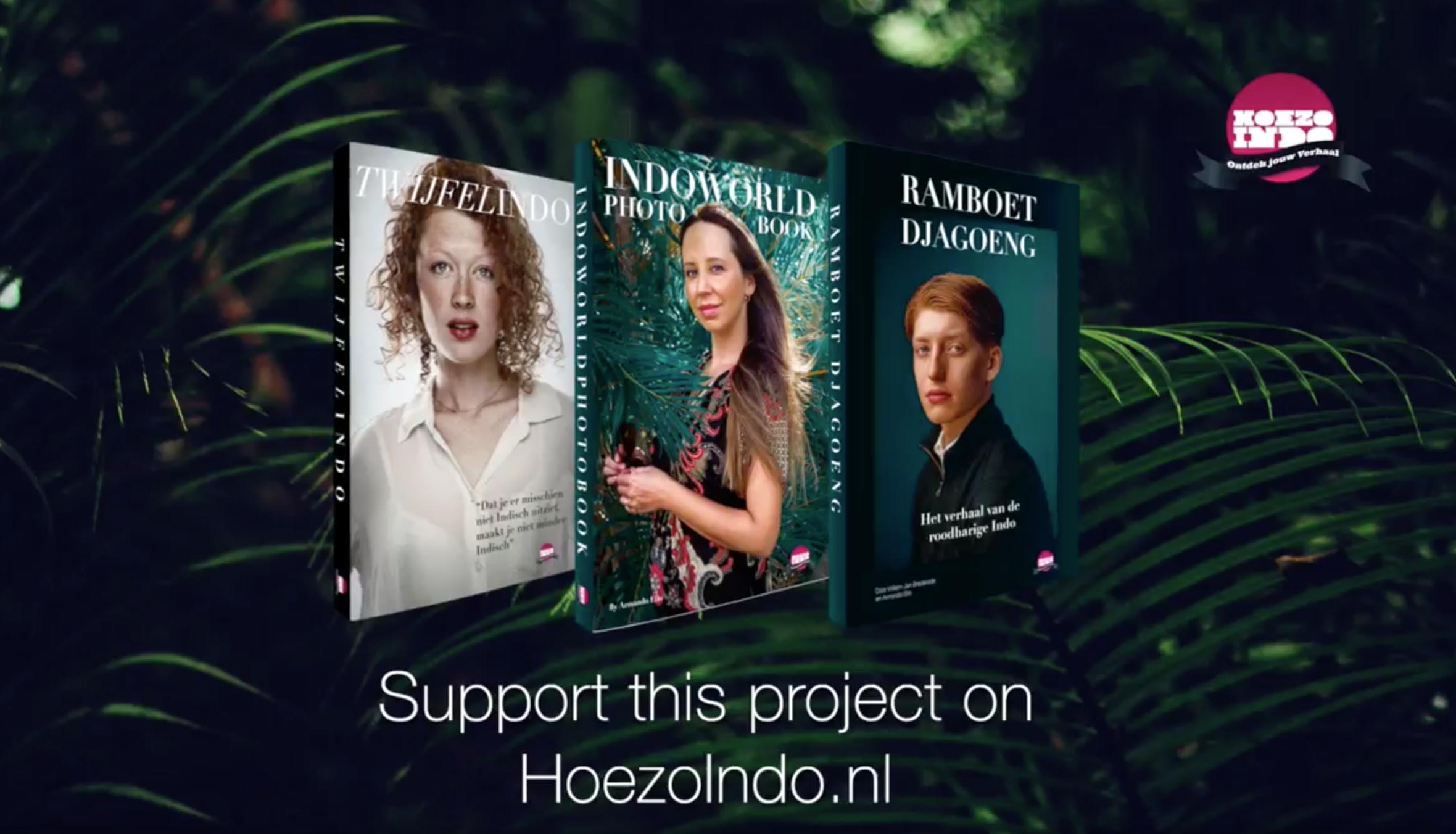It is a book full of portraits. A portrait book with young Indian people worldwide. As a photographer, I want to focus primarily on that.
I spoke to a philosopher I met during this trip in an exuberant way about my project and I am lucky that she asked me good questions about my project. Not only in terms of content, but also about my work as a photographer and the way I do it.
This conversation has made it clear to me that I can explain better to an unknown audience what I am making.
Photographically, you cannot formulate what the book is about without words. The context is desirable and I have noticed that text and explanation are nice with the introduction of this book and especially with the mission behind it.
In the first place, this project is intended to make the current conscious young generation of Indos even more aware of their cultural heritage and background.
It is important to know where you come from. And the point is that we do not know that history well, because little has been given about it and we have not learned in school what happened during those wars and what impact that history had on our families.
I cannot help devoting a bit to that, too, because it is relevant to know what identity we use to name it.
Story in the photographs
It is also not necessary to include the full interview that I have done with everyone in the book to include it in the book, but the idea is to put what stands out with the photo because it is unique what words they use to express their identity or what Indian means to them.
At most a short paragraph of an anecdote and for the rest the viewer can fill in what they think they see in these photos. With photography, I also want to emphasize diversity and to show what descendants of Indo-Europeans are.
However indisputable their Indo is. Their identity is not a given. Identity is a fluid concept and legitimately lies with the person to determine, shape and choose.
But everyone in this book has chosen to participate because they consider it important to want to know more about that piece of identity. That is something we share with each other so that not only our knowledge is increased, but also recognition and confirmation.

Importance of His/Herstory
History must be right. Insight into that colonial system, so that decolonization can also be understood. The war in the period 1945 – 1949 just after the liberation of the Netherlands and the proclamation force of Indonesia. The forced migration of Dutch-Indo’s and who could leave and flee. The different waves of migration and the boats. The numbers and ultimately the migration from the Netherlands to abroad and the migration outside the Netherlands.
This is the added value I want to offer by putting your own family history next to historical events because when you hear a puzzle piece about your family history, it is always related to time and place and you can link those events and try to understand the bigger picture.
The diversity of your own family story can even fall outside the history of most Dutch-Indo’s and that makes your story different, but you only know that if you know the historical events.
That is why I believe that every family story is actually the building block of history.
The aim is to start with the knowledge of Indos themselves because we assume that Indos worldwide, but certainly also in the Netherlands, that we have that general knowledge and that is not the case.
It needs text, photo, and explanation so that it is not confused with India, Indian, Indonesian and Dutch stories.
We do not just live in the country where we were born, but we owe it virtually not to what our ancestors did, but to who they were.



Geef een reactie